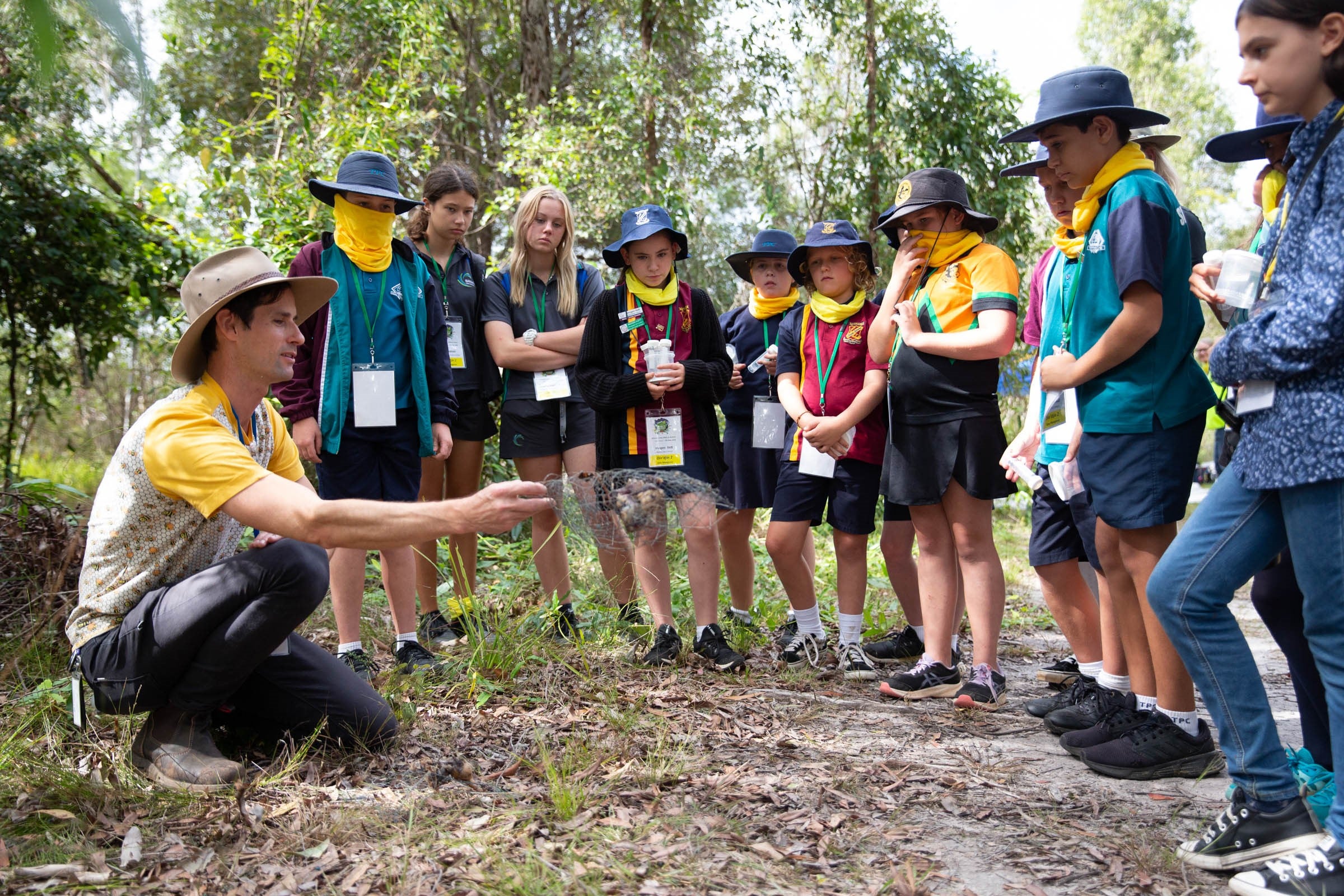
New research has revealed that Australia’s oldest flowering plants are 126 million years old and may have resembled modern magnolias, buttercups and laurels.
Undertaken by University of Melbourne palynologist, Dr Vera Korasidis, the study also found that Australia’s first blooms got their foothold in ‘high southern latitude’ regions like the Otway and Gippsland ranges.
Dr Korasidis’ research, “The rise of flowering plants in the high southern latitudes of Australia”, reconstructed our earliest flower-bearing forests, from 126-100 million years ago, to conclude that climate change prevented or slowed the expansion of flowers into Australasia with the temperatures at the high southern latitudes too cold to support the earliest flowering plants.
The research also established that the first flowers related to 72 per cent of today’s living angiosperm species that first appeared in southern Australia about 108 million years ago – 17 million years after the first flowers evolved in equatorial regions.
The world’s oldest flower, Montsechia, is 130 million years old and was discovered in Spain.
“Our research, completed on dinosaur-bearing rocks throughout Victoria, suggests that warming temperatures allowed the first flowering plants to migrate to the cooler regions at the earth’s poles,” said Dr Korasidis.
“The true diversity of primitive flowers in southern near-polar settings has only just been discovered because ‘sieving’ practices resulted in pollen grains, produced by the earlier flowers, being ‘rinsed down the sink’ for over 50 years.”
Dr Korasidis said the study would help to “piece together Australia’s paleoclimate record and understand the interaction between climate, CO2 and the evolution of faunas and floras.”
The age of southern Australia’s polar vertebrates, including dinosaurs, has also now been determined and is 126-110 million years old based on this study and new research by fellow University of Melbourne palynologist and co-author, Dr Barbara Wagstaff.
Angiosperm pollen produced by the oldest flowers was recovered from numerous sites across Victoria indicating the large areal extent of flowers during the Early Cretaceous period. All material is housed in the Palaeontology collection at Museum Victoria in Melbourne.
The research was funded through an ARC Linkage Grant and ³Ô¹ÏÍøÕ¾ Geographic Grant titled “Dating the Dinosaurs”.







